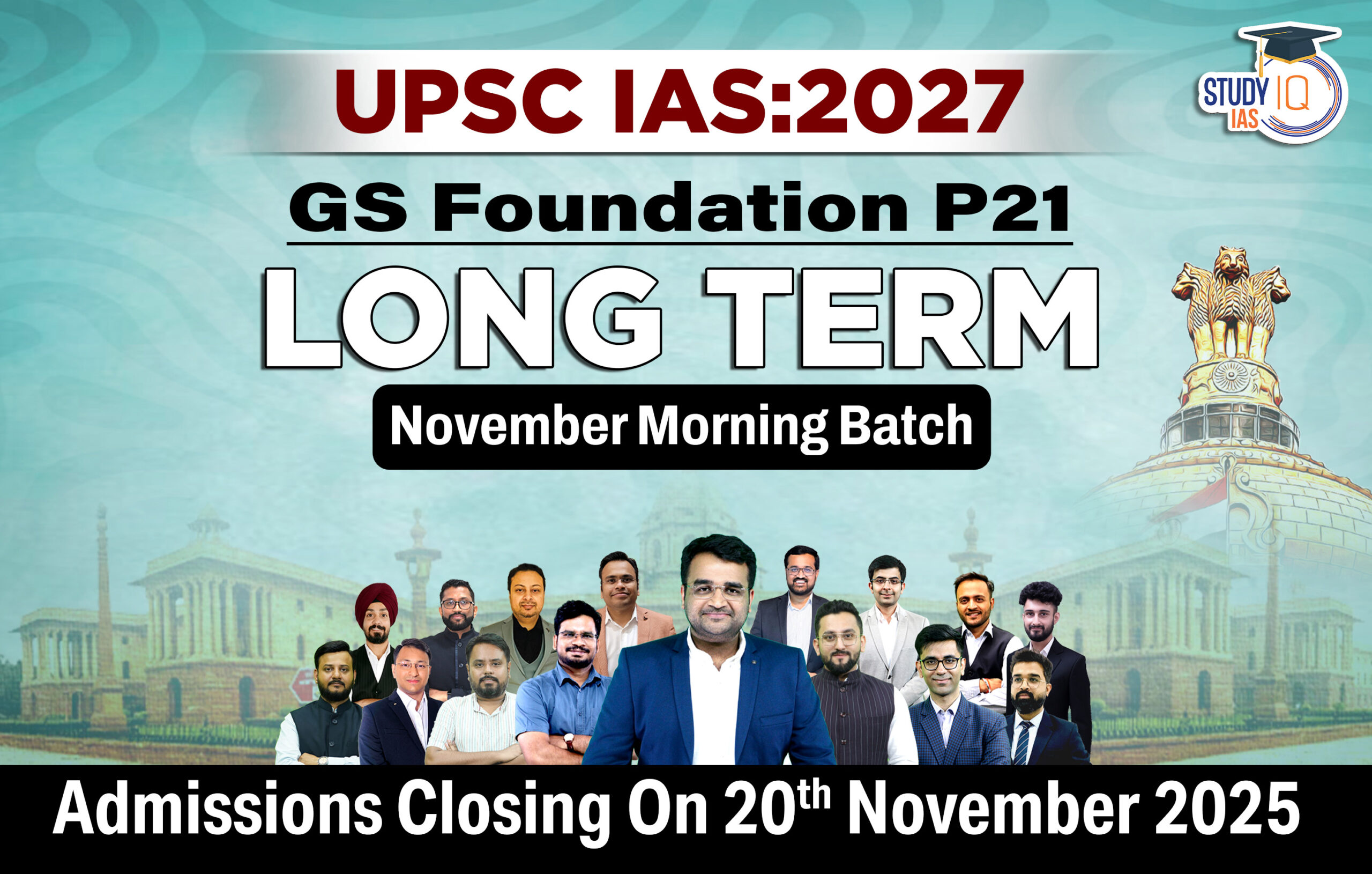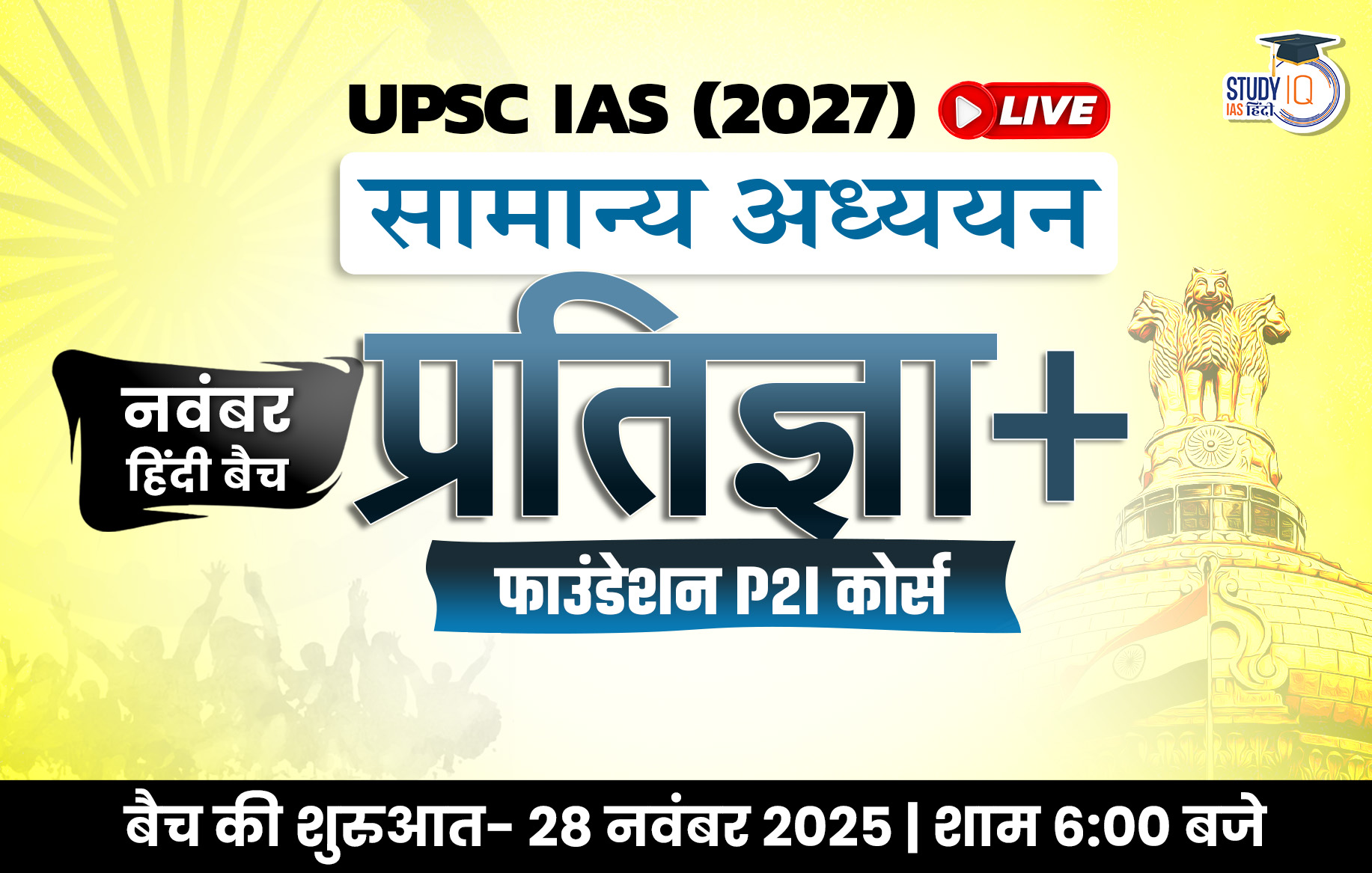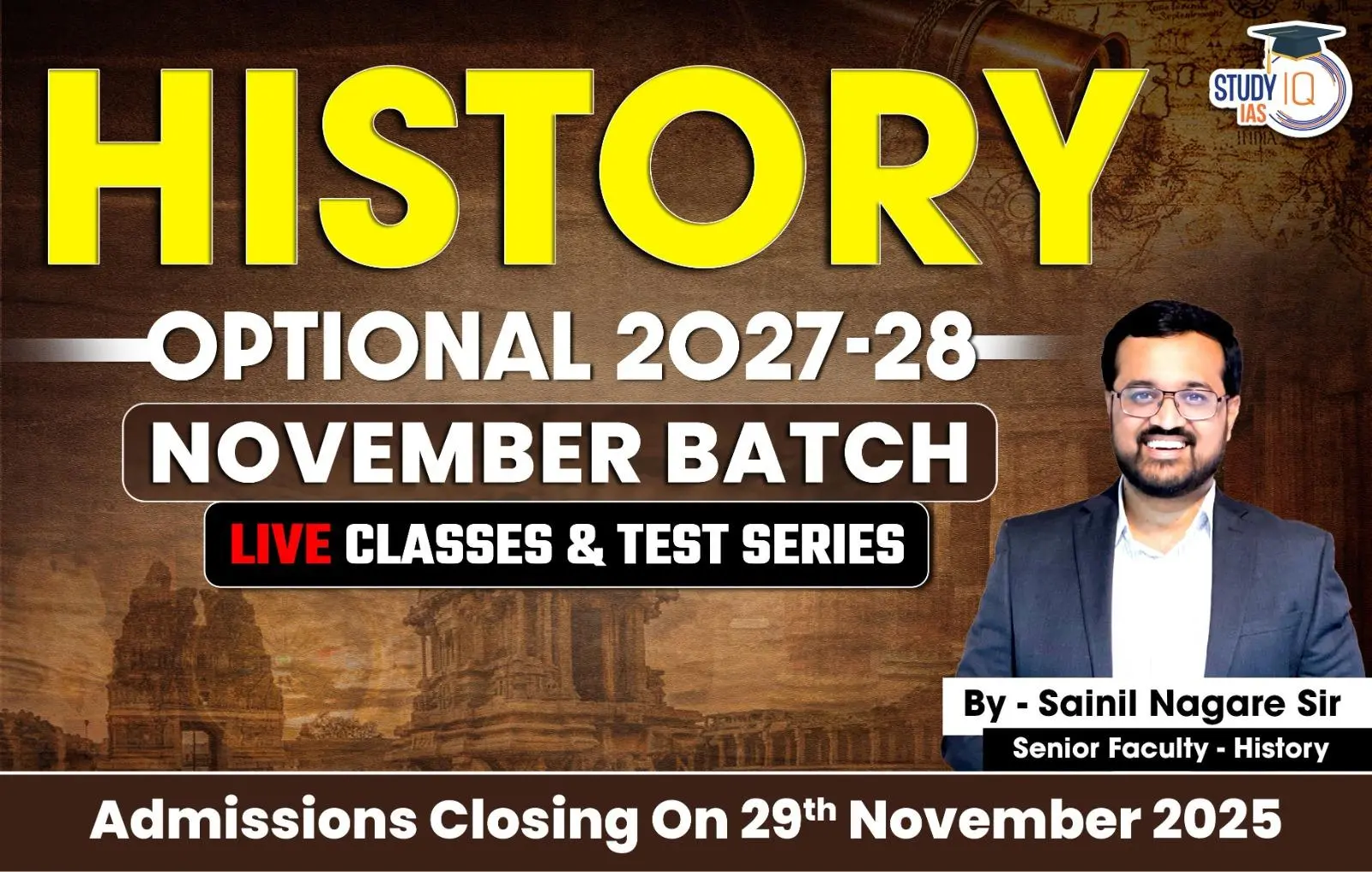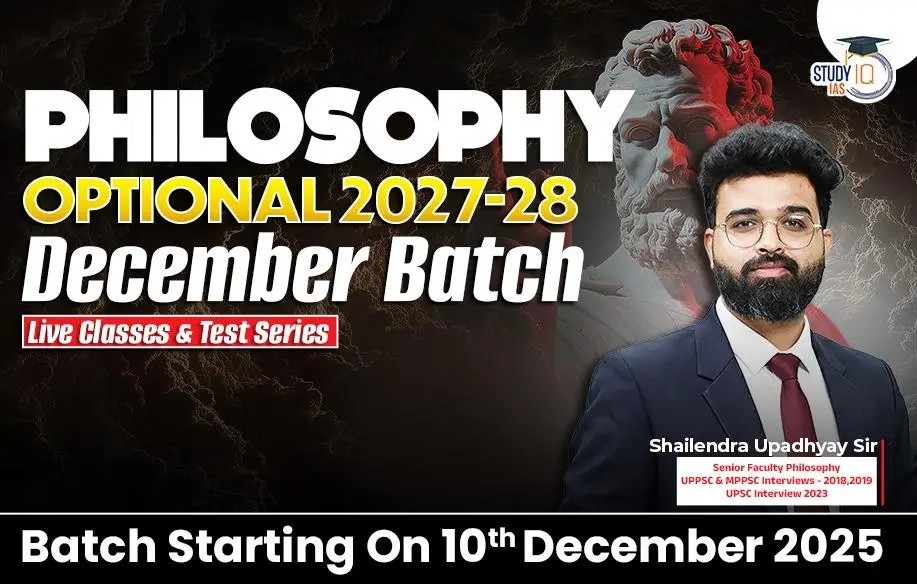The Hindu Newspaper Analysis for UPSC

The Hindu Newspaper Analysis 3 June 2023
- About Shanan Powerhouse:
- Location: It is located in Joginder Nagar in the Mandi district of Himachal Pradesh.
- Commissioned in 1932, the powerhouse was constructed as per a 99-year lease executed between Raja Jogendra Sen, the then king of Mandi, and Col BC Batty, Chief Engineer of the Punjab Government, in 1925.
- This powerhouse was constructed against the backdrop of dense deodar forests.
- It is one of the oldest powerhouses of the country, which used to feed the entire undivided Punjab, Lahore and Delhi before Independence.
The Hindu Editorial Today
- After the reorganisation of states in 1966, the Shanan powerhouse was given to Punjab by the Centre as the lease agreement, signed in 1925 was yet to expire.
- The project originally was of 48 MW capacity, but the Punjab government enhanced its capacity to 60 MW in 1982. Later, 50 MW more was added to make its capacity 110 MW.
- The main attraction of the hydro project is the four-stage haulage trolley service. It was basically constructed for carrying construction material of Shanan powerhouse from Jogindernagar to Barot. It is a unique type of trolley based on pulley system with no engine, steering wheel or no gears or brakes.

- Fifty-six turtles were burnt to death after a fire broke out on five acres of wetland at Payyanki, near Cheruvathur, in Kasaragod in Kerala on Sunday.
- The private land, which has paddy, trees and shrubs, has been ablaze for the past two days. Twenty-two Indian flapshell and 34 black turtles, which come under Schedule I and Schedule II of the Wildlife Protection Act, were burnt to death when local people and Forest Department personnel arrived at the site to extinguish the fire, according to Kanhangad Forest Range Officer A.P. Sreejith.
- The Indian flapshell turtle is a freshwater species of turtle and is found in many states.
- The “flap-shelled” name stems from the presence of femoral flaps located on the plastron. These flaps of skin cover the limbs when they retract into the shell.
- It is a relatively small soft-shell turtle with a carapace length of up to 350 millimetres.
- Scientific Name: Lissemys punctata
Distribution:
- They are found in Pakistan, India, Sri Lanka, Nepal, Bangladesh (Indus and Ganges drainages), and Myanmar (Irrawaddy and Salween Rivers).
- They live in the shallow, quiet, often stagnant waters of rivers, streams, marshes, ponds, lakes and irrigation canals, and tanks.
- These turtles prefer waters with sand or mud bottoms because of their tendency to burrow.
- Conservation Status:
- IUCN Red List: Vulnerable
- CITES: Appendix II
- Wildlife (Protection) Act, 1972: Schedule I
- Threats:
- Turtles are smuggled and killed for their supposed aphrodisiac properties, livestock feed, to make leather from their skins, to make potions from their blood and to use as fishing bait.
- Turtles are also used for meat and medicines.
- About Indian Black Turtle:
- The Indian black turtle is a medium-sized found across the Indian subcontinent.
- It is an aquatic species, mainly associated with standing water bodies, sometimes rivers.
- The species is an omnivore, consuming both aquatic macrophytes and invertebrates.
- The species shows a crepuscular to a nocturnal lifestyle, with individuals seen foraging after dark along the edges of water bodies.
- The distribution in India includes the hill ranges of the Western Ghats, south of Gujarat, and the southeast coast, and then a separate disjunct distribution in northern and northeastern India.
- Conservation status:
- IUCN: Least concern

- On May 19 this year, the Union government promulgated an ordinance to amend the Government of National Capital Territory of Delhi (NCTD) Act, 1991 that effectively nullified the Supreme Court judgment of May 11 on the powers over bureaucratic appointments in Delhi. After an eight-year long protracted legal battle, a five-judge Constitution Bench led by the Chief Justice of India D.Y. Chandrachud had unanimously held that the elected government of Delhi had legislative and administrative powers over “services”.
- The ordinance removes Entry 41 (services) of the State List from the Delhi government’s control and creates a National Capital Civil Service Authority, consisting of the Chief Minister, Chief Secretary and Principal Secretary-Home, to decide on service matters in Delhi.
- Further, the ordinance provides that if a disagreement arises between the Authority and the Lieutenant Governor (LG), the decision of the LG shall prevail.
- adding an additional subject of exemption (services) to the existing exemptions (land, public order, and police) of Delhi’s legislative power listed in Article 239AA, without amending the Constitution
Facts:
- The status of Delhi being a Union Territory under Schedule 1 of the Constitution but christened the ‘National Capital Territory’ under Article 239AA, engrafted by the Constitution (69th Amendment) Act.
- The 69th amendment to the Constitution of India inserted Article 239AA, which declared the Union Territory of Delhi to be administered by a L-G who works on aid and advice of the elected legislative assembly.
- However, the ‘aid and advice’ clause pertains only to matters on which the elected Assembly has powers under the State and Concurrent Lists With the exception of public order, police, and land.
- Further, the Article 239AA also notes that L-G has to either act on the aid and advice of the Council of Ministers, or he is bound to implement the decision taken by the President on a reference being made by him.
- Article 123 of the Constitution of India grants the President certain law-making powers to promulgate ordinances when either of the two Houses of Parliament is not in session, in urgent situations.
- But it requires subsequent ratification by Parliament within six weeks of its reassembly.
- An ordinance promulgated by the President has a maximum validity of six months and six weeks from the date of its promulgation.
- The Governor of a state can also issue ordinances under Article 213 of the Constitution of India, when the state legislative assembly is not in session.
- If the two Houses start their sessions on different dates, the later date is considered (Articles 123 and 213).

- By holding that a suit filed by five women to offer worship to Hindu deities at the Gyanvapi Mosque in Varanasi was maintainable, the Allahabad High Court has possibly legitimised a clever attempt to question its status.
- In an order that upholds a district court verdict to the same effect, Justice J.J. Munir has ruled that the suit is limited in scope to enforcing the plaintiffs’ right to worship Hindu deities and that it is not an attempt to convert the mosque into a temple.
- Places of Worship (Special Provisions) Act
- It underlines the need to protect the liberty of faith and worship.
- It was passed in 1991 by the P V Narasimha Rao-led Congress government.
- Objective:
- To provide for the maintenance of the religious character of any place of worship.
- To prohibit conversion of any place of worship.
- To curb communal tension.
- Major Provisions:
- Section 3 of the Act: It bars the conversion, in full or part, of a place of worship of any religious denomination into a place of worship of a different religious denomination, or even a different segment of the same religious denomination.
- Section 4(1): It declares that the religious character of a place of worship shall continue to be the same as it existed on August 15, 1947.
- Section 4(2): Any suit or legal proceeding with respect to the conversion of the religious character of any place of worship existing on August 15, 1947, pending before any court, shall abate — and no fresh suit or legal proceedings shall be instituted.
Exemptions:
- Ram Janma Bhumi Babri Masjid
- Under Section 5 of the Act, it does not apply to Ram Janma Bhumi Babri Masjid.
- Nothing contained in this Act shall apply to Ram Janma Bhumi-Babri Masjid situated in Ayodhya (Uttar Pradesh) and to any suit, appeal or other proceeding relating to it.
- Any place of worship that is an ancient and historical monument or an archaeological site, or is covered by the Ancient Monuments and Archaeological Sites and Remains Act, 1958.
- Any dispute that has been settled by the parties or conversion of any place that took place by acquiescence before the Act commenced.
- A suit that has been finally settled or disposed of.

- The Director General of Health Services (DGHS) issued yet another order on May 12 reiterating directions that doctors in Central government hospitals prescribe only generic medicines instead of branded drugs.
- Quality of generic medicines
- generic drugs be tested on human volunteers in order to measure the rate at which the drug is bioavailable; i.e. the rate at which the drug dissolves in the bloodstream.
- If the dissolution profile of the generic drug is same or similar to that of the innovator drug over a time period, it is declared to be “bio-equivalent” and hence therapeutically interchangeable with the innovator drug.
- What are generic drugs?
- A generic drug is identical — or bioequivalent — to a brand name drug in dosage form, safety, strength, route of administration, quality, performance characteristics and intended use.
- Although generic drugs are chemically identical to their branded counterparts, they are typically sold at substantial discounts from the branded price.

- Headquarters: Brussels, Belgium.
- It is a military alliance established by the North Atlantic Treaty (also called the Washington Treaty) of April, 1949, by the United States, Canada, and several Western European nations to provide collective security against the Soviet Union.
- There are currently 31 member states(Finland 31st).
- NATO’s essential and enduring purpose is to safeguard the freedom and security of all its members by political and military means.
- NATO has an integrated military command structure but very few forces or assets are exclusively its own.
- NATO security guarantees will extend to this country which shares a border with Russia.


What is Kavach?
- The KAVACH is an indigenously developed Automatic Train Protection (ATP) system by the Research Design and Standards Organisation (RDSO) in collaboration with the Indian industry.
- It is meant to provide protection by preventing trains to pass the signal at Red (which marks danger) and avoid collision.
- It activates the train’s braking system automatically if the driver fails to control the train as per speed restrictions. In addition, it prevents the collision between two locomotives equipped with functional Kavach systems.
- The South Central Railway (SCR) Zone is a pioneer in the implementation of the KAVACH – (TACS). The Kavach system has been deployed over 1,465 kms in the SCR limits in 77 locomotives and 135 stations till March this year.
- Additionally, the Secunderabad-based Indian Railways Institute of Signal Engineering & Telecommunications (IRISET) hosts the ‘Centre of Excellence’ for Kavach. IRISET has been mandated by the Railway Board to train the inservice railway staff on Kavach. The Institute’s Kavach lab carries out round the year training programmes.


 The Hindu Newspaper Analysis 6 October 2...
The Hindu Newspaper Analysis 6 October 2...
 The Hindu Newspaper Analysis 30 Septembe...
The Hindu Newspaper Analysis 30 Septembe...
 The Hindu Newspaper Analysis 27 Septembe...
The Hindu Newspaper Analysis 27 Septembe...

























